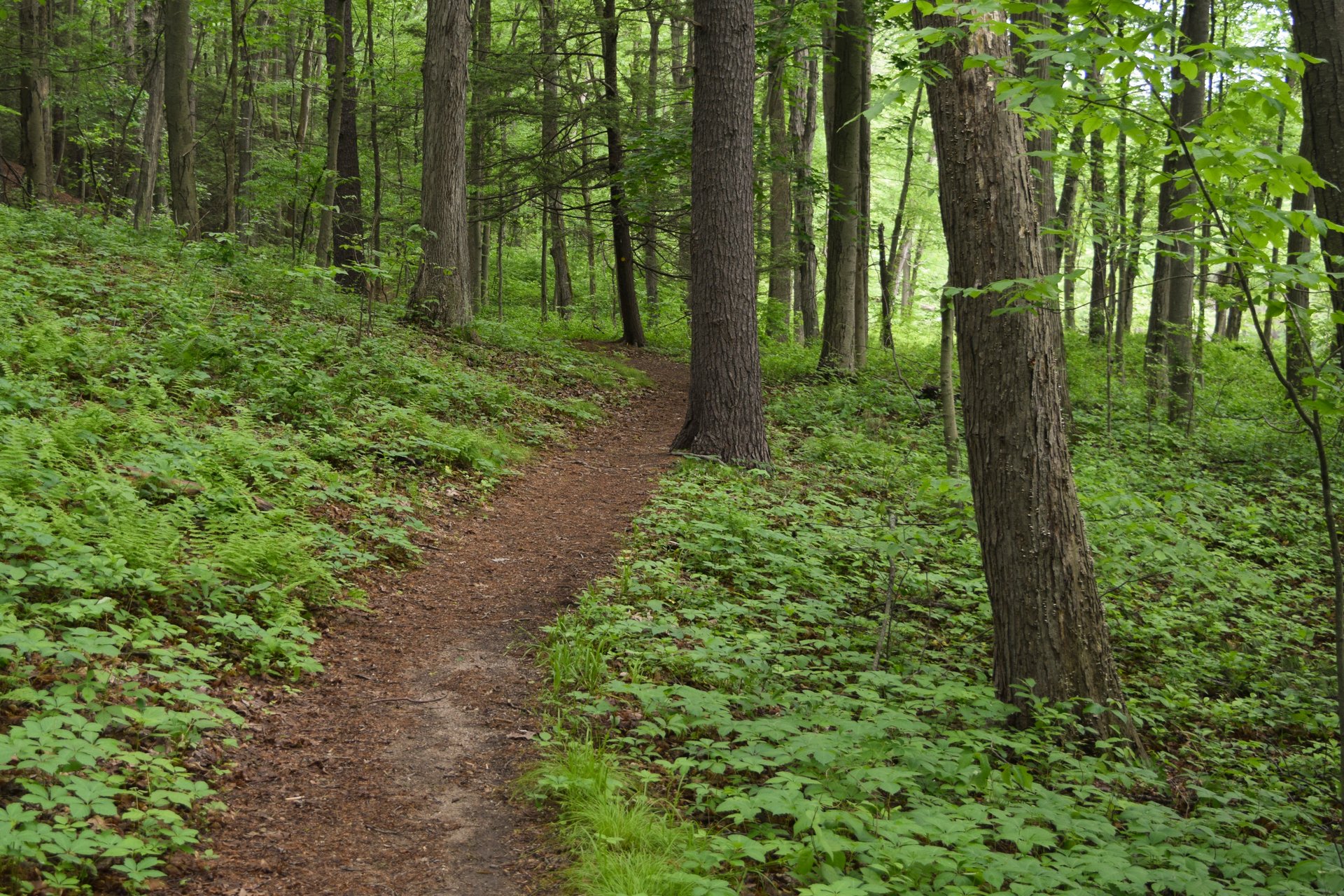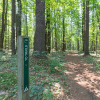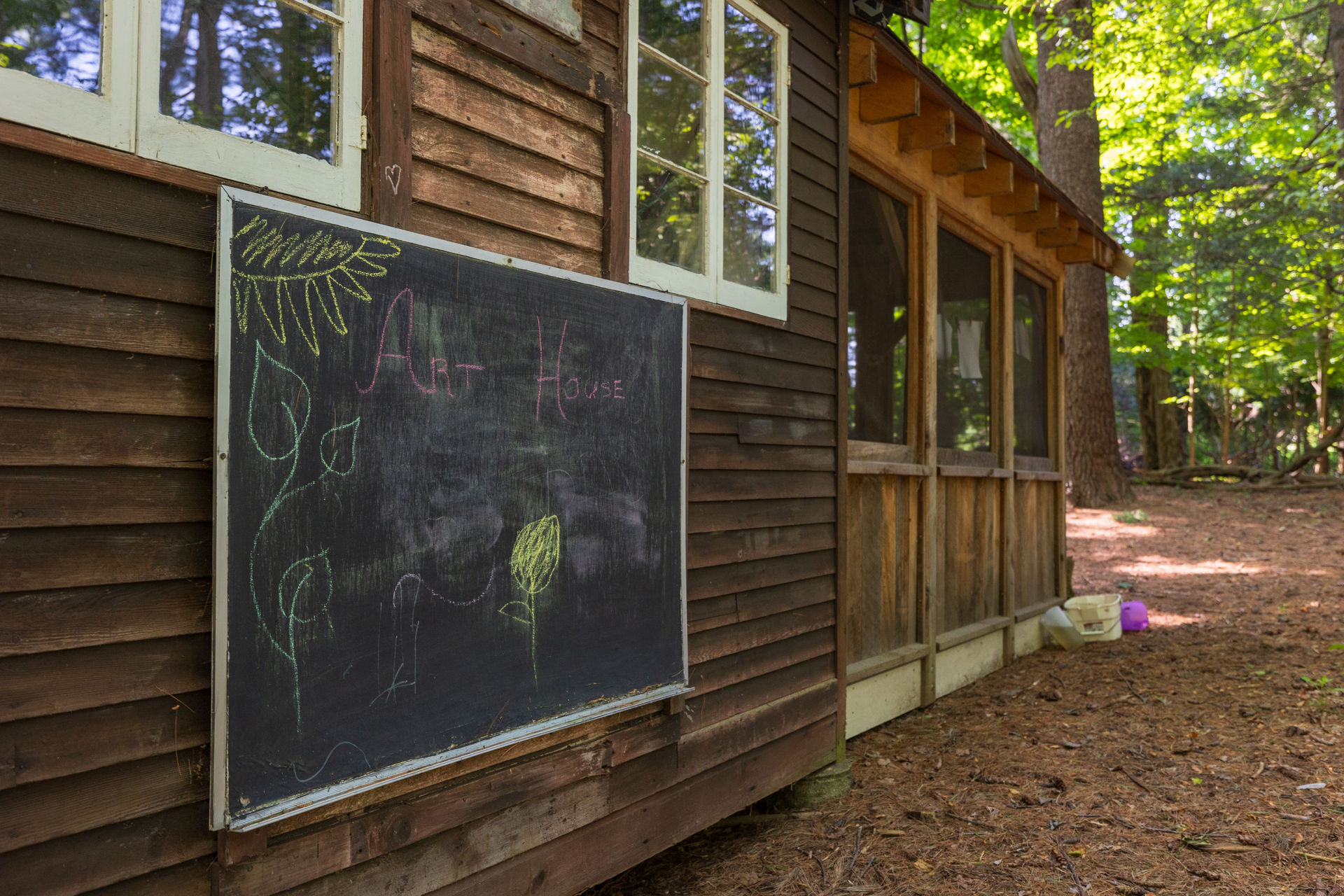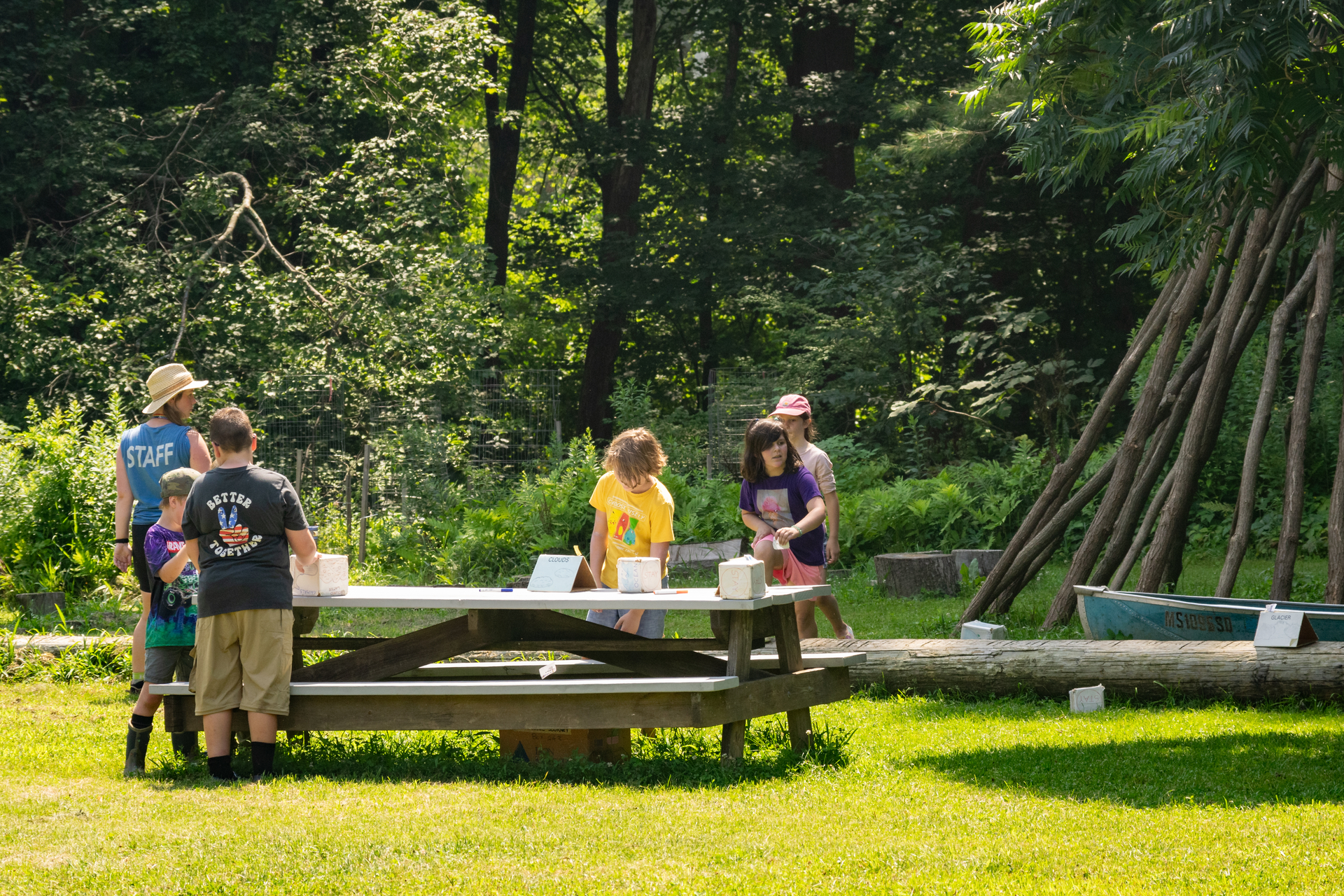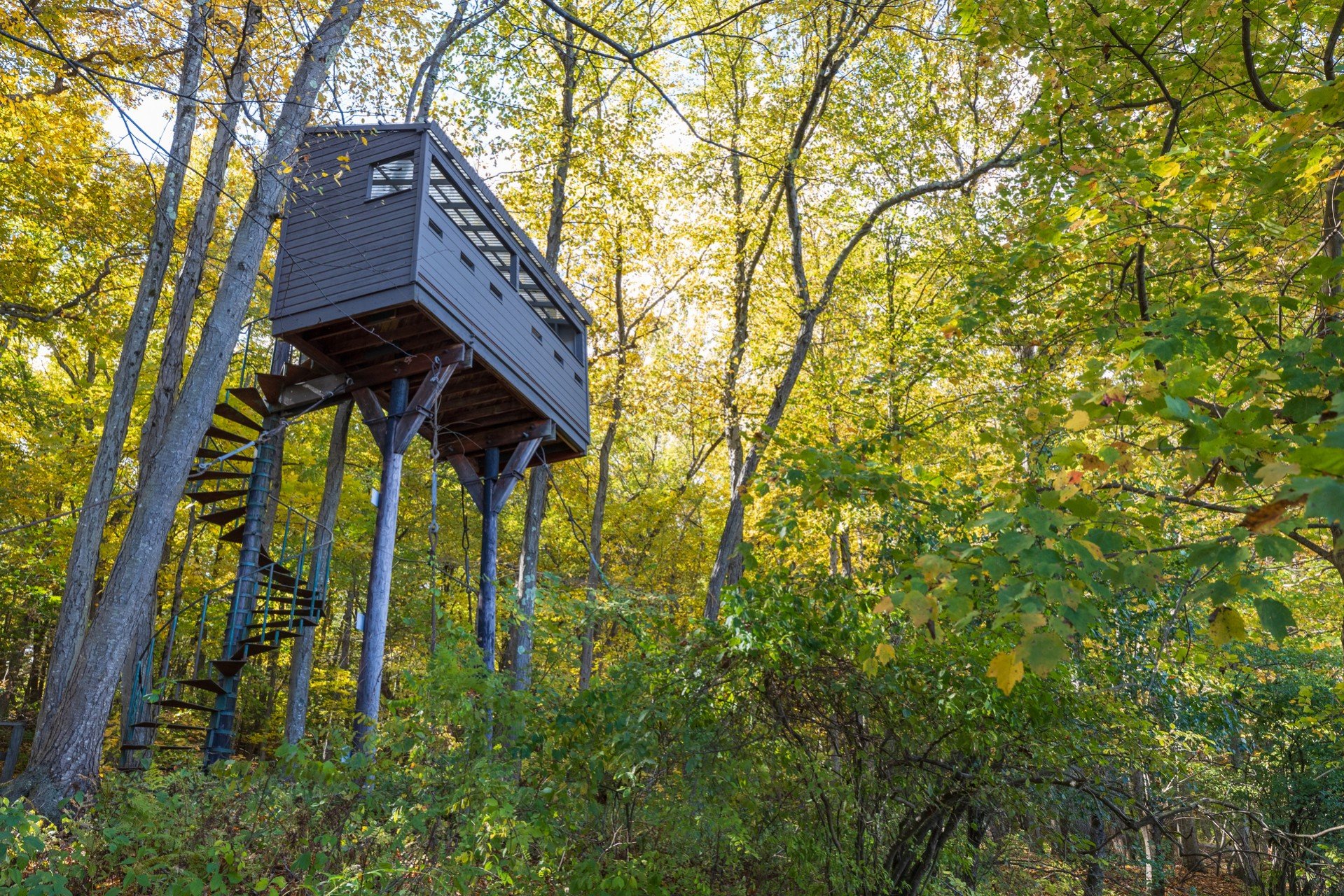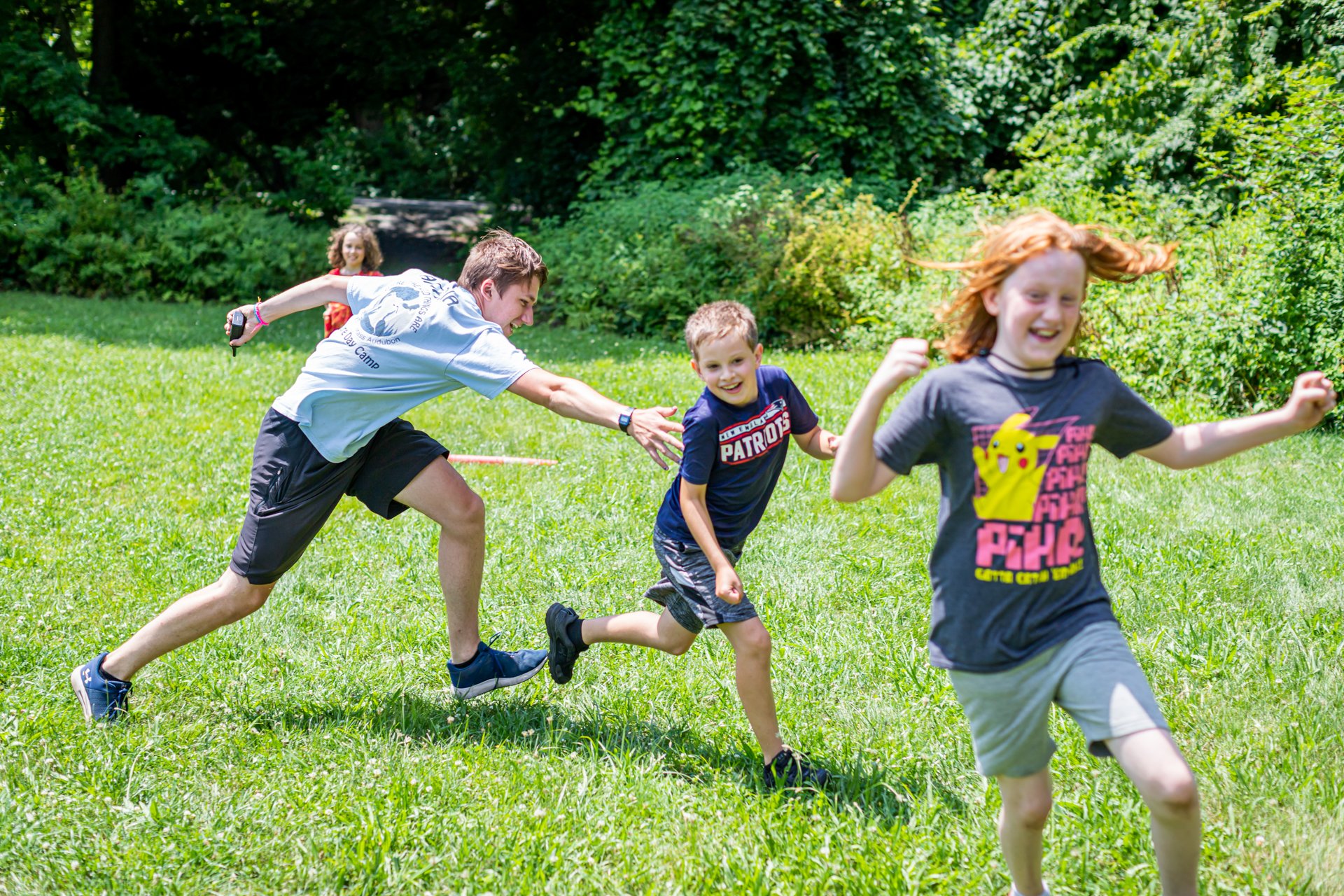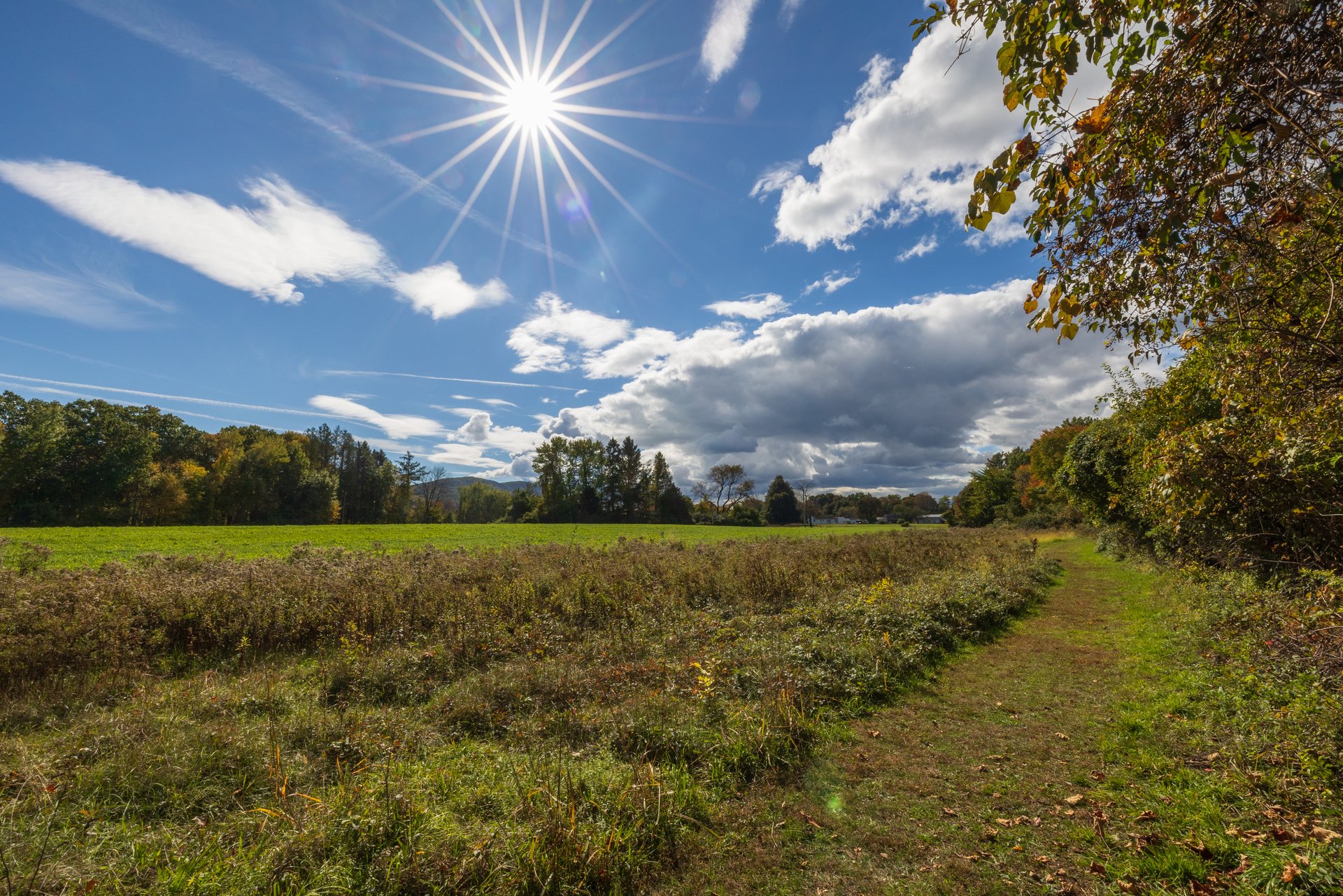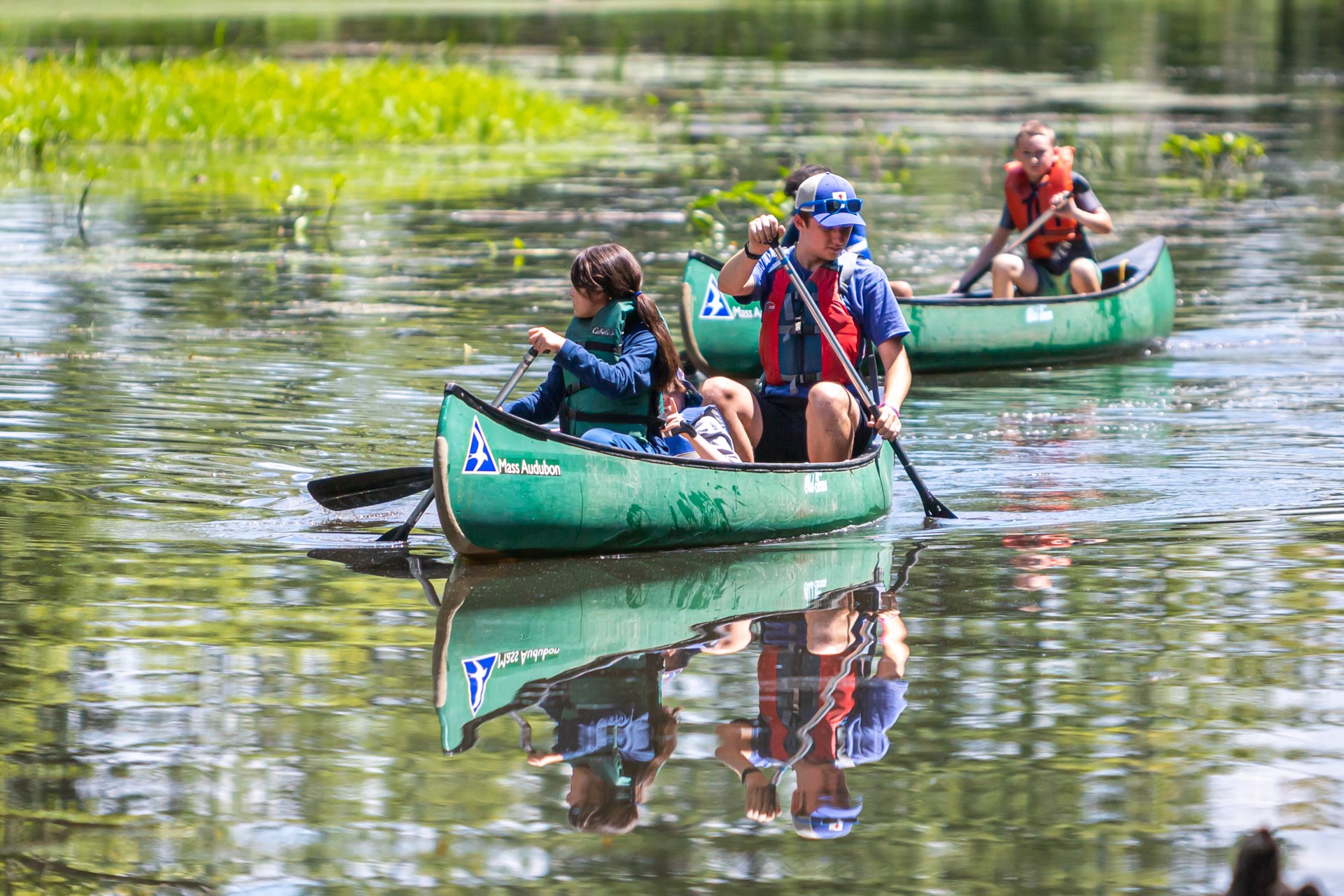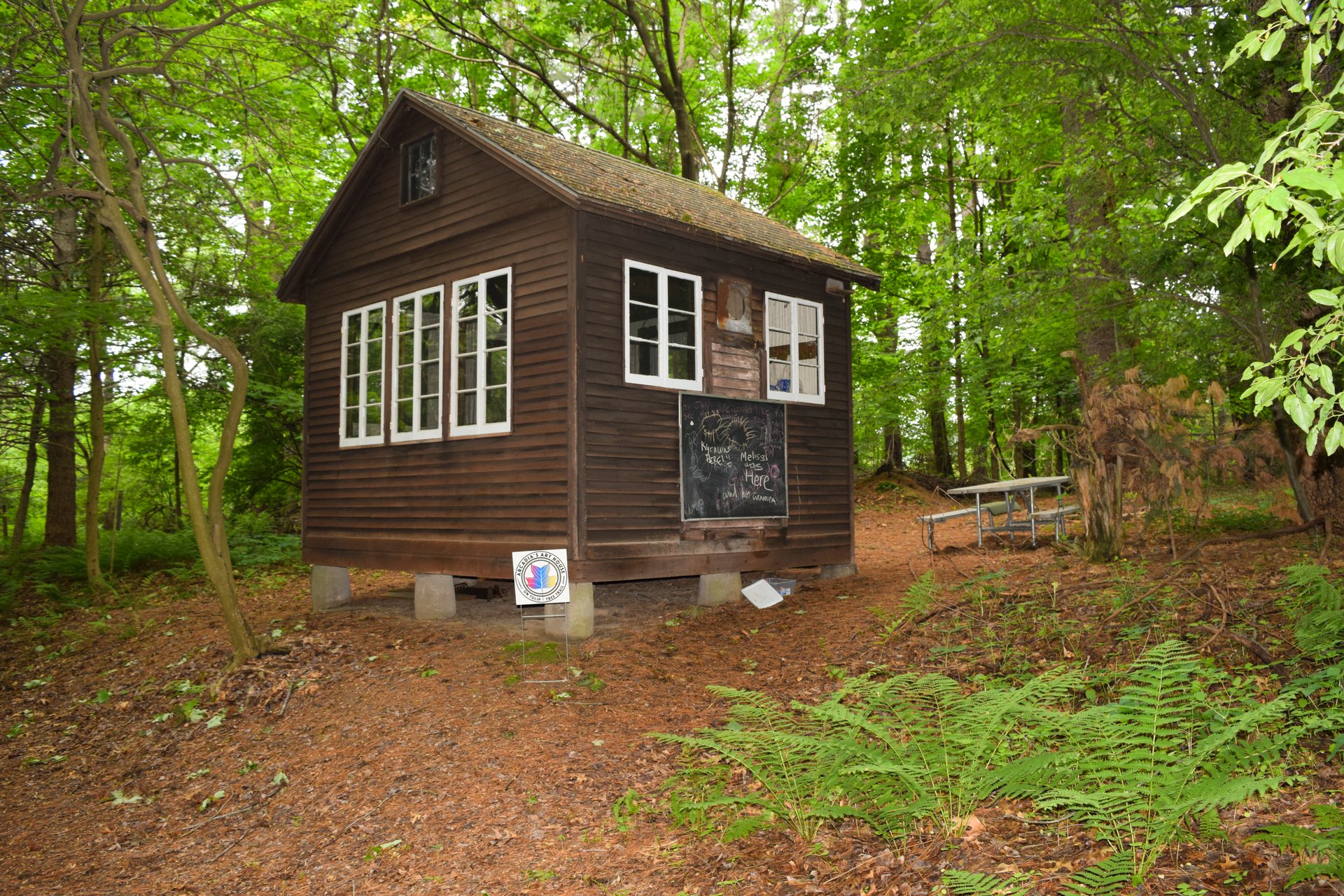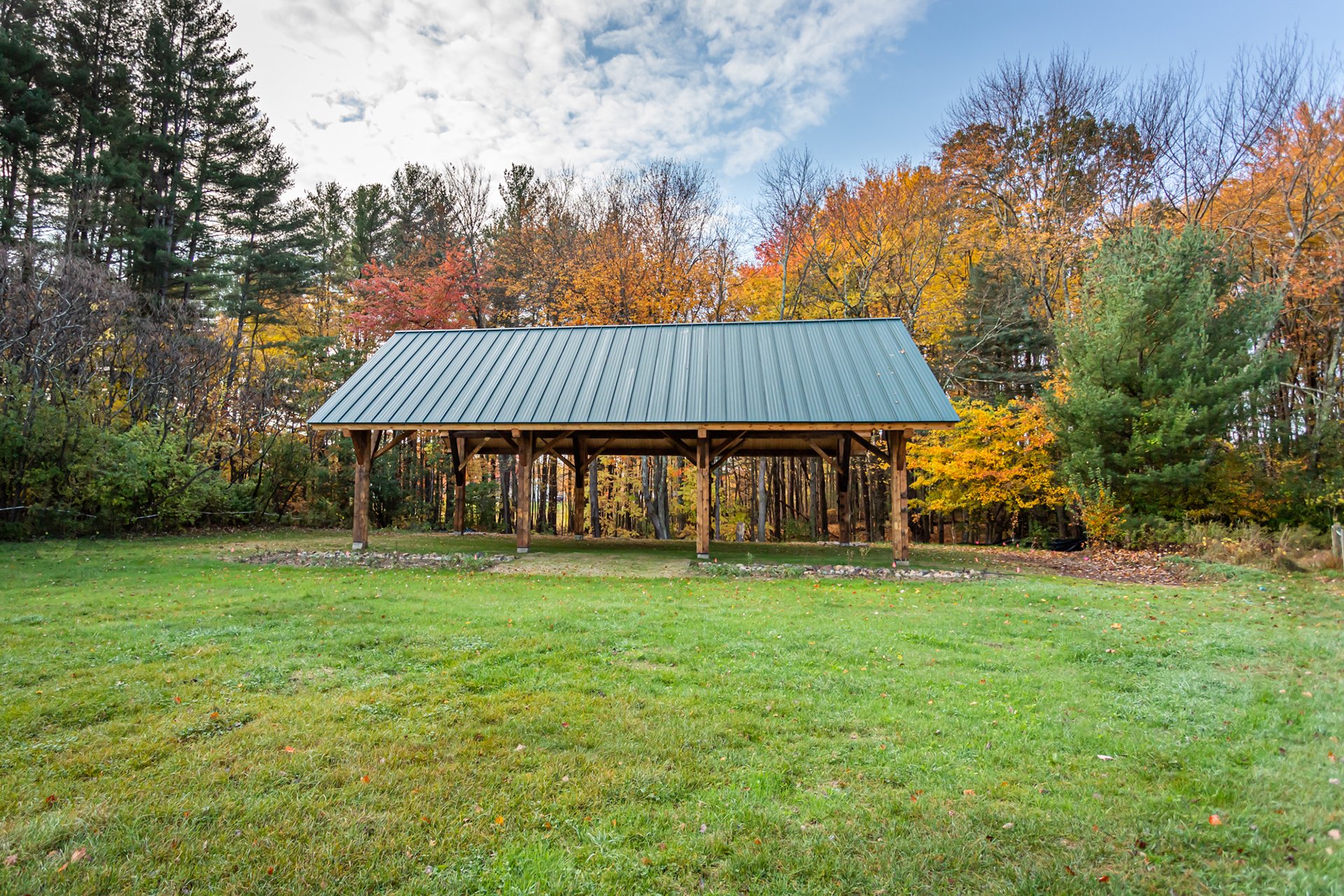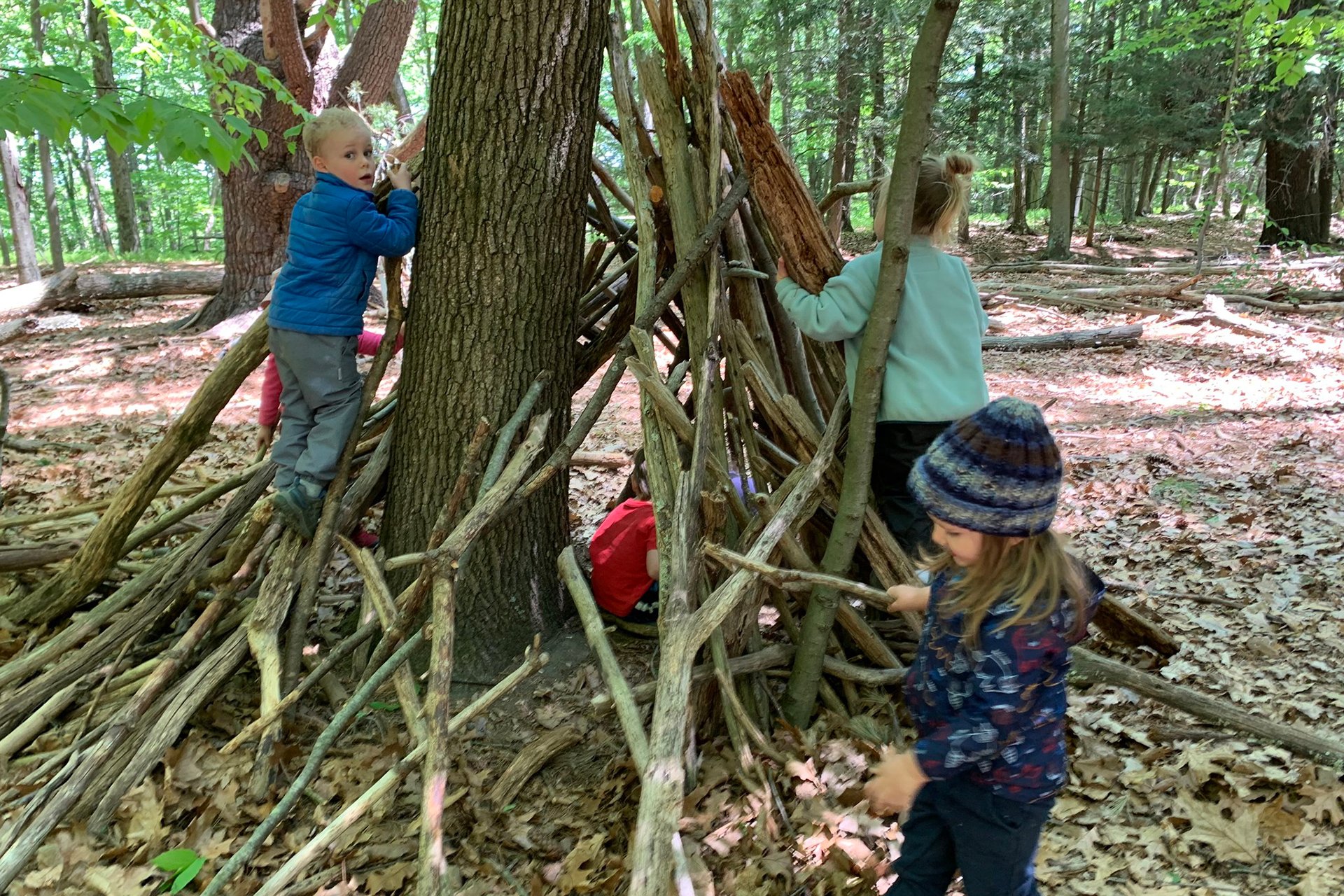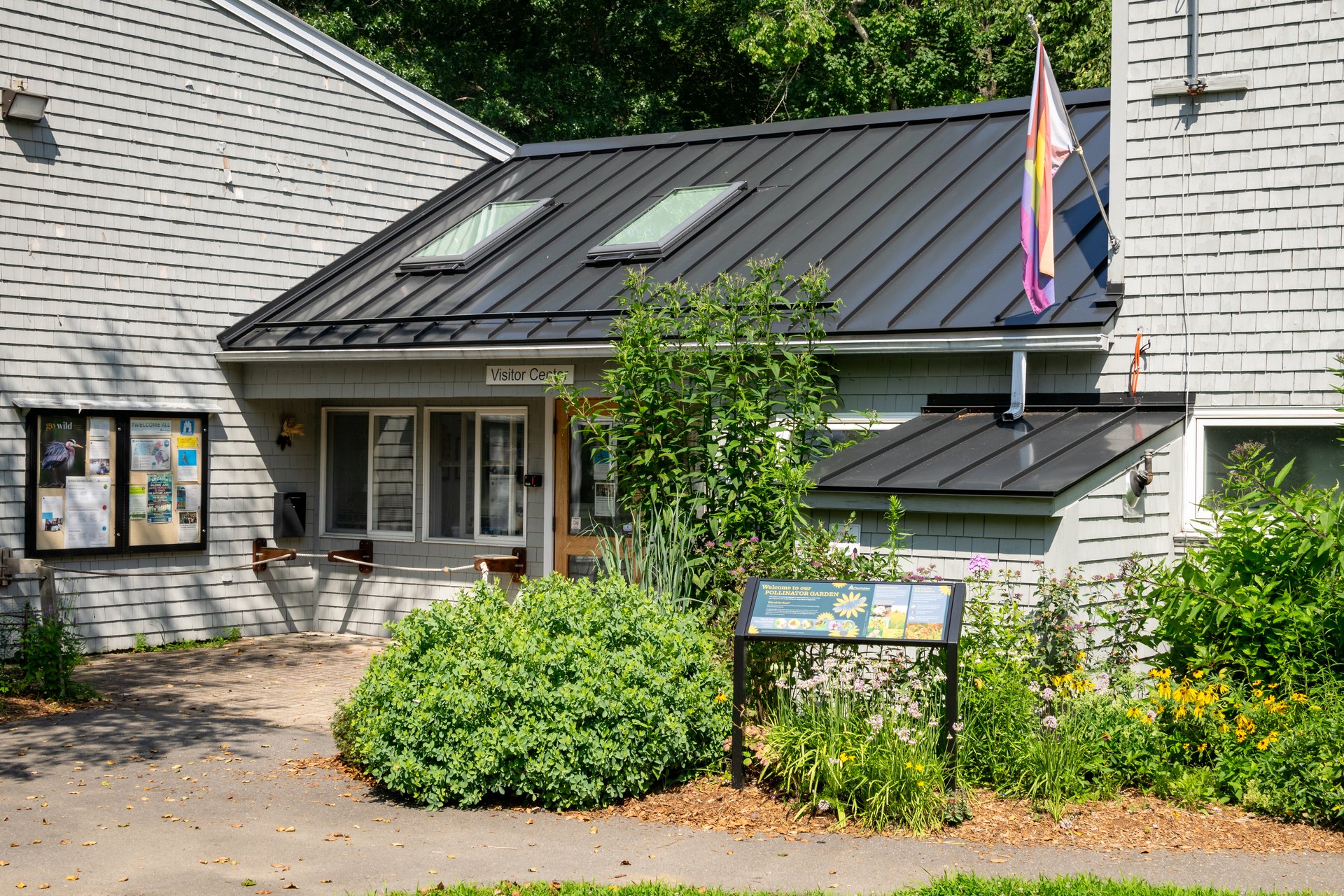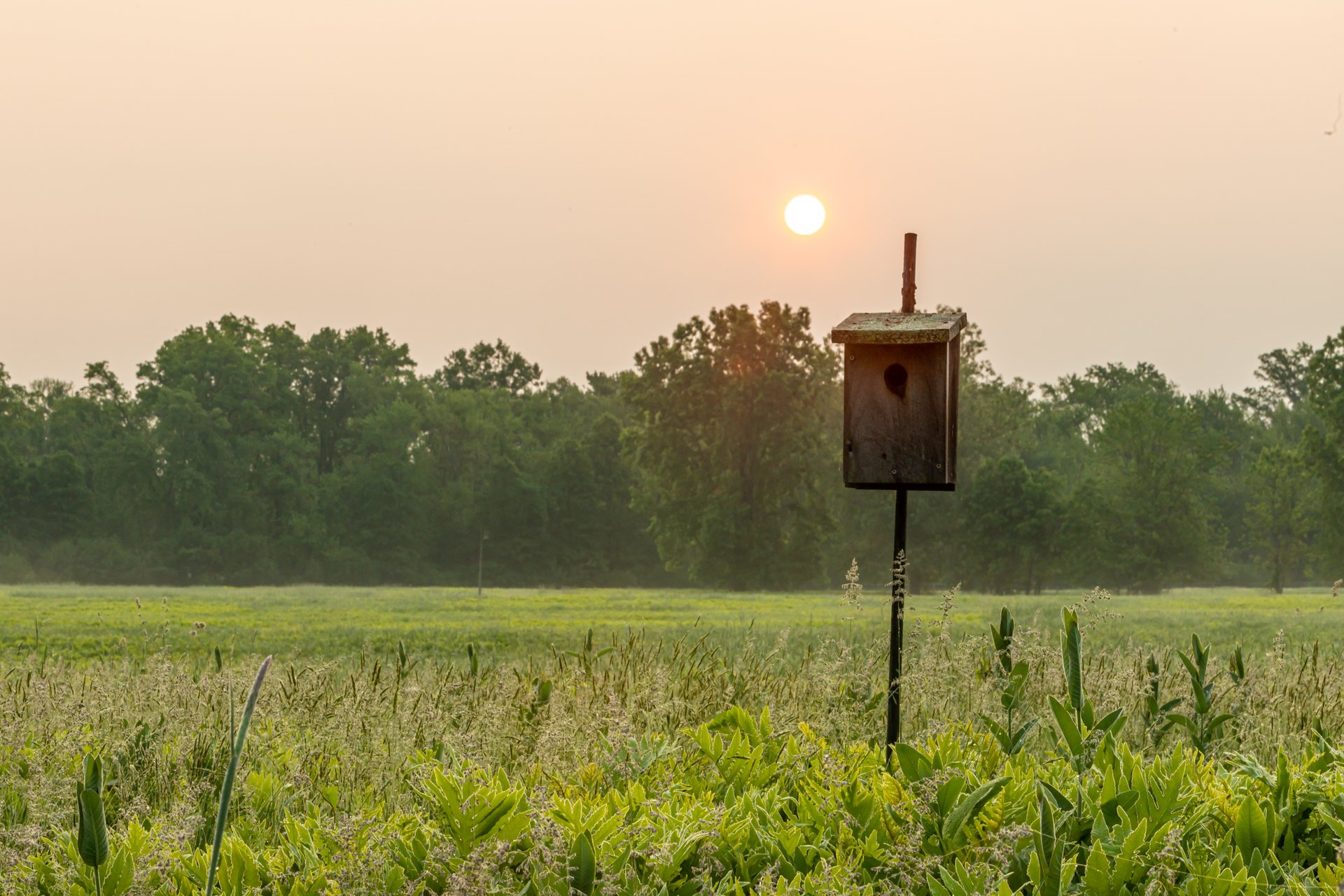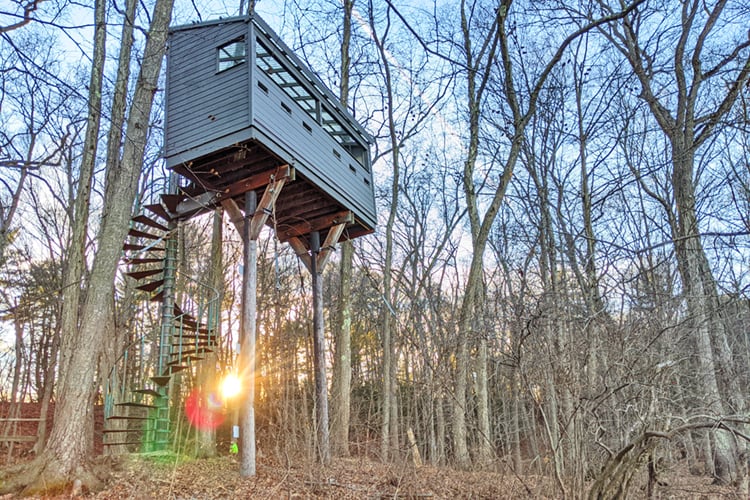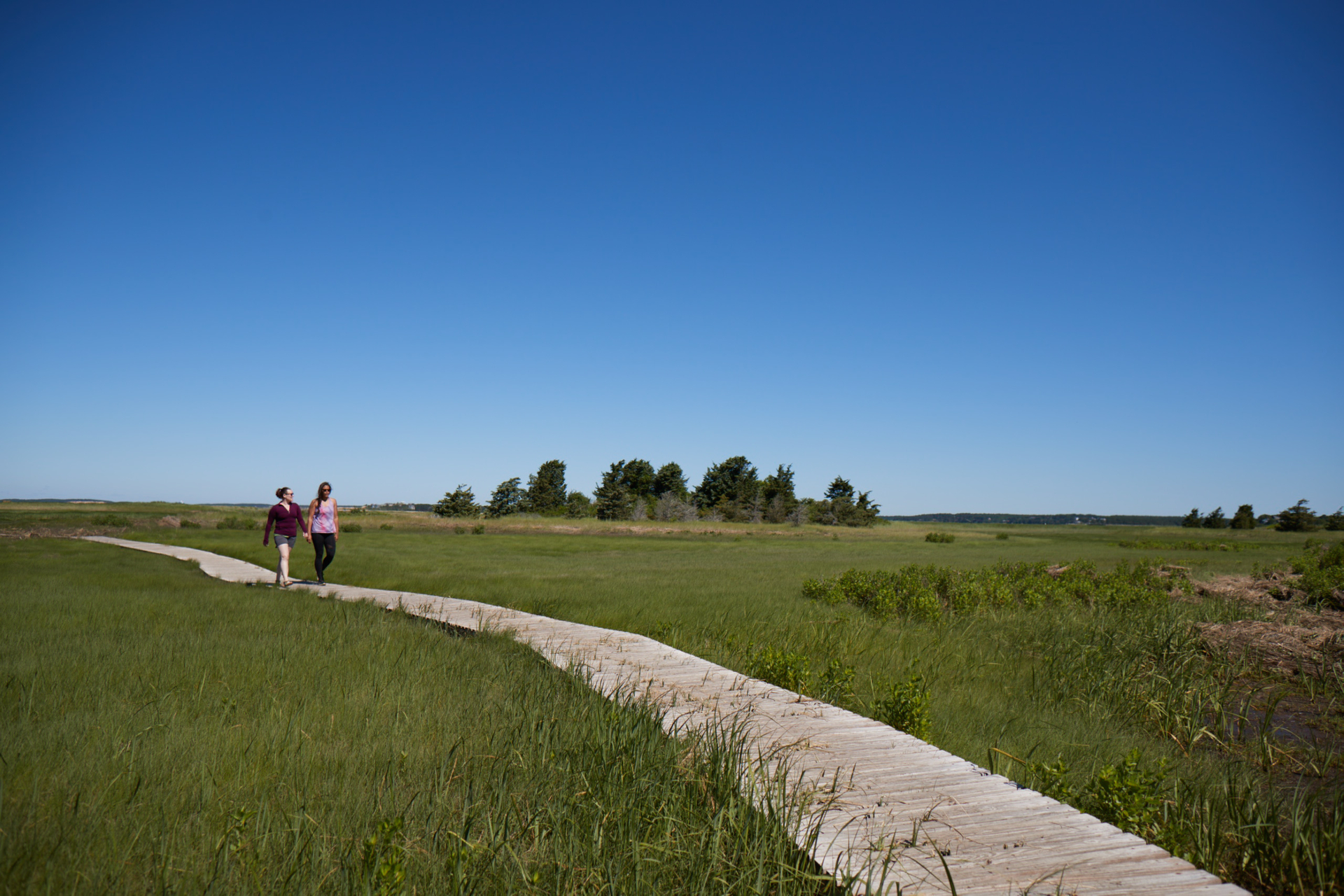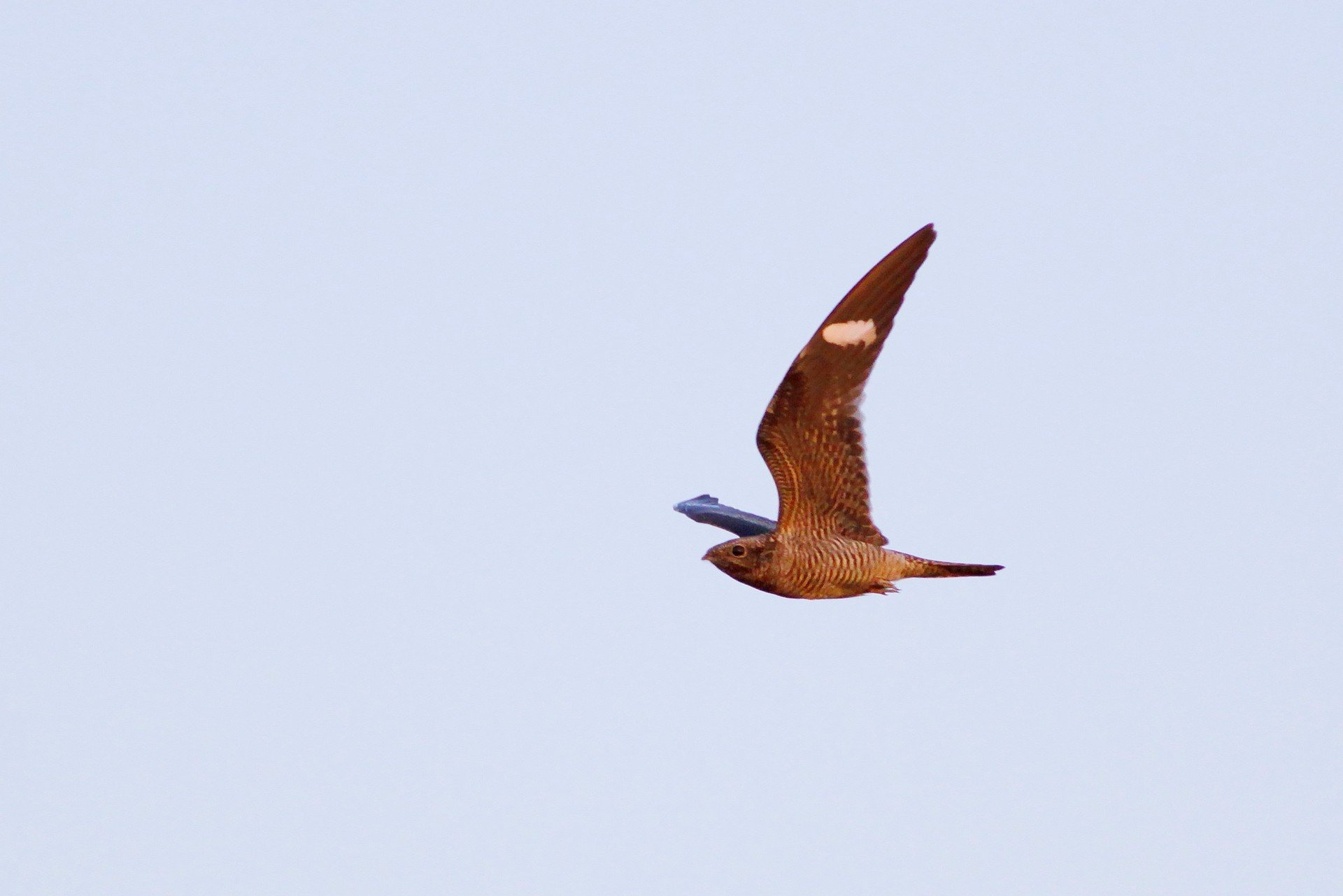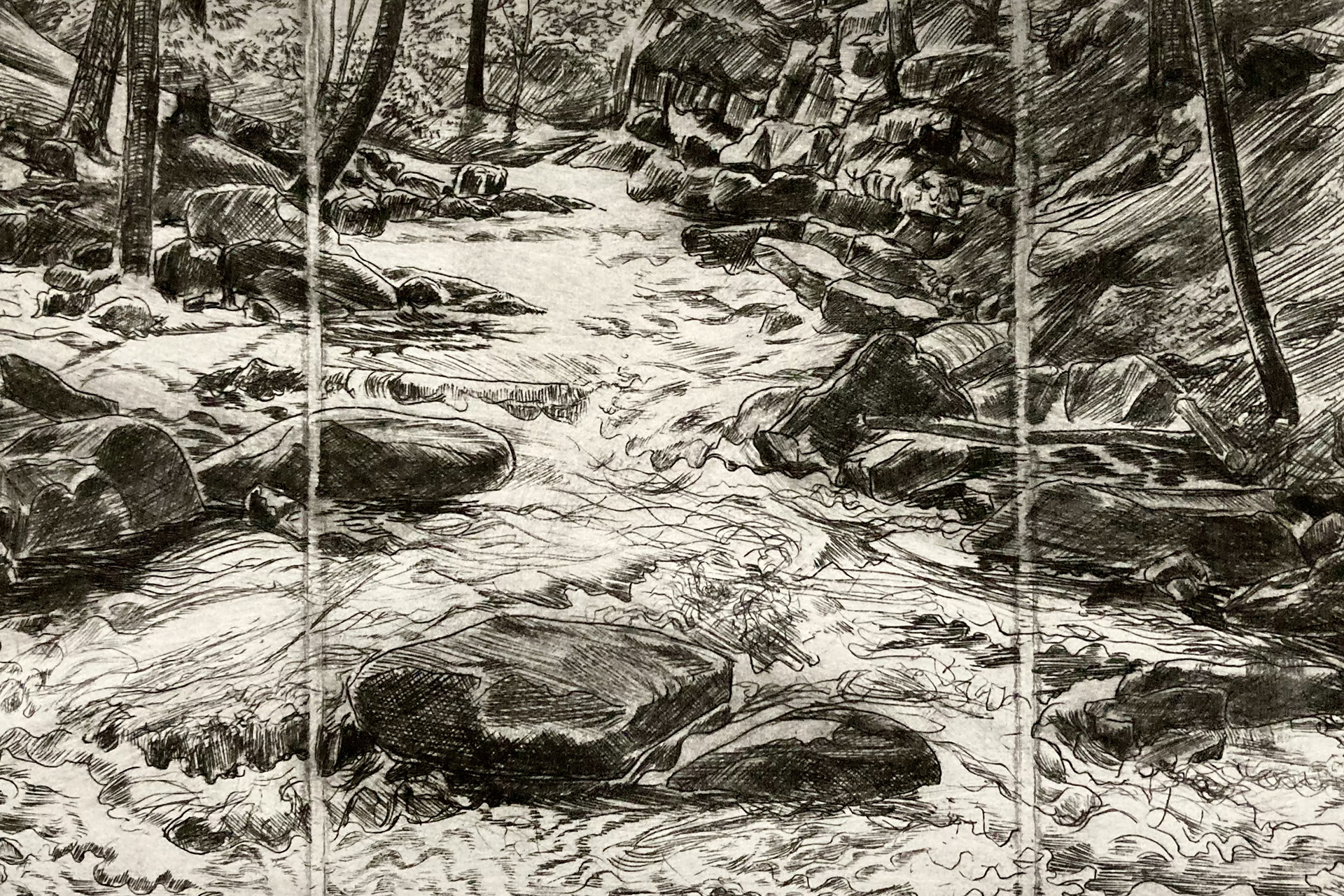Plan Your Visit
Spanning Easthampton and Northampton, Arcadia's diverse terrain of forest, meadows, grasslands, marsh, and wetlands attracts an extraordinary variety of birds and other wildlife. Explore 4 miles of trails, make art outdoors, take in expansive views from the observation tower, explore the Mill River by canoe, and embark on your next nature adventure in the Connecticut River Valley.
Hours
Nature Center
- Monday-Friday
- 9:00 am–3:00 pm
- Saturday
- 9:00 am–4:00 pm
- Sunday
- 9:00 am-3:00 pm
Trails
- Daily
- dawn to dusk
- 4 miles
- 850 feet
Admissions
- Adults $4
- Seniors (65+) $3
- Children (2-12) $3
Contact
127 Combs Road
Easthampton, MA 01027
Connect with Arcadia
Property Regulations
- Foot travel only; please stay on trails (day passes are available for powered mobility devices)
- Dog walking and horseback riding are prohibited; please leave all animals and pets at home (service animals welcome)
- Camping, collecting, smoking, hunting, fishing, releasing of animals, and feeding wildlife is prohibited.
- Commercial photography needs prior approval; please see all photography guidelines.
Facilities
Upcoming Programs
See moreParking Lot Birding
-
Arcadia Wildlife Sanctuary, Easthampton
-
Sunday, October 5
9:00-10:00am
Adults
Fairy Houses at the Art House
-
Arcadia Wildlife Sanctuary, Easthampton
-
Sunday, October 5
12:00-3:00pm
Families - children 0 - 17
Fall Foliage Photo Walk
-
Arcadia Wildlife Sanctuary, Easthampton
-
Saturday, October 11
8:00-11:00am
Adults
Latest News
10 Photogenic Nature Spots in Massachusetts
Keep ReadingWhere and When to See Common Nighthawk Migration in Massachusetts
Keep ReadingWaterways of Western Mass: Visions in Drypoint and Woodcut
Keep ReadingStay Connected with Arcadia
Don’t miss a beat on all the ways you can get outdoors, celebrate nature, and get involved.



